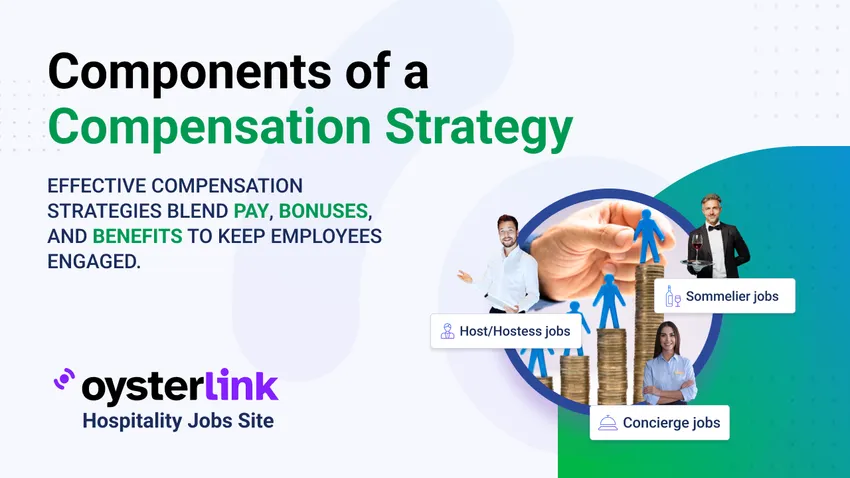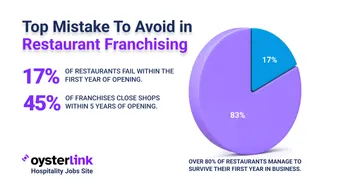The right components of a compensation strategy can lower turnover, boost morale, and help your business run more smoothly.
In this article, we’ll break down each component of a compensation strategy and show how to build one that drives retention and performance.
What Are the Main Components of a Compensation Strategy?
A strong compensation strategy combines pay, benefits, and recognition to reward employees fairly and motivate performance.
The components of a compensation strategy typically include base salary, variable pay, and employee benefits, along with recognition and work-life initiatives.
Together, these elements help businesses attract and retain top talent while supporting long-term growth.
Understanding Financial Compensation
Financial compensation covers all the direct payments employees receive for their work.
This includes base pay—such as hourly wages or annual salaries—and performance-based incentives like commissions or bonuses.
A competitive financial compensation structure ensures fairness, boosts motivation, and keeps employees engaged with company goals.
The Role of Variable Pay in Employee Motivation
Variable pay connects employee earnings to performance results. Common examples include bonuses, profit-sharing, and commission plans.
This approach encourages productivity by rewarding employees when they help the company achieve its goals.
A well-balanced variable pay plan promotes accountability and aligns personal success with business outcomes.
Why Employee Benefits Matter in a Compensation Strategy
Employee benefits—like health coverage, retirement contributions, and paid time off—form a key part of any compensation strategy.
These benefits go beyond salary to enhance employee satisfaction and loyalty. Companies that offer strong benefit packages often see lower turnover.
Recognition, Rewards, and Work-Life Balance
Acknowledging employee efforts and promoting work-life balance are essential components of a compensation strategy that often cost little but deliver huge returns.
Simple actions like public recognition, flexible scheduling, or remote-work options make employees feel valued and supported—strengthening the overall culture.
How To Create and Maintain an Effective Compensation Strategy
Building an effective compensation strategy starts with assessing company goals, researching market benchmarks, and communicating pay structures clearly.
Regular reviews ensure your plan stays competitive and aligned with employee expectations.
By balancing financial compensation, variable pay, and employee benefits, organizations can create a fair and motivating system that drives long-term success.










Loading comments...